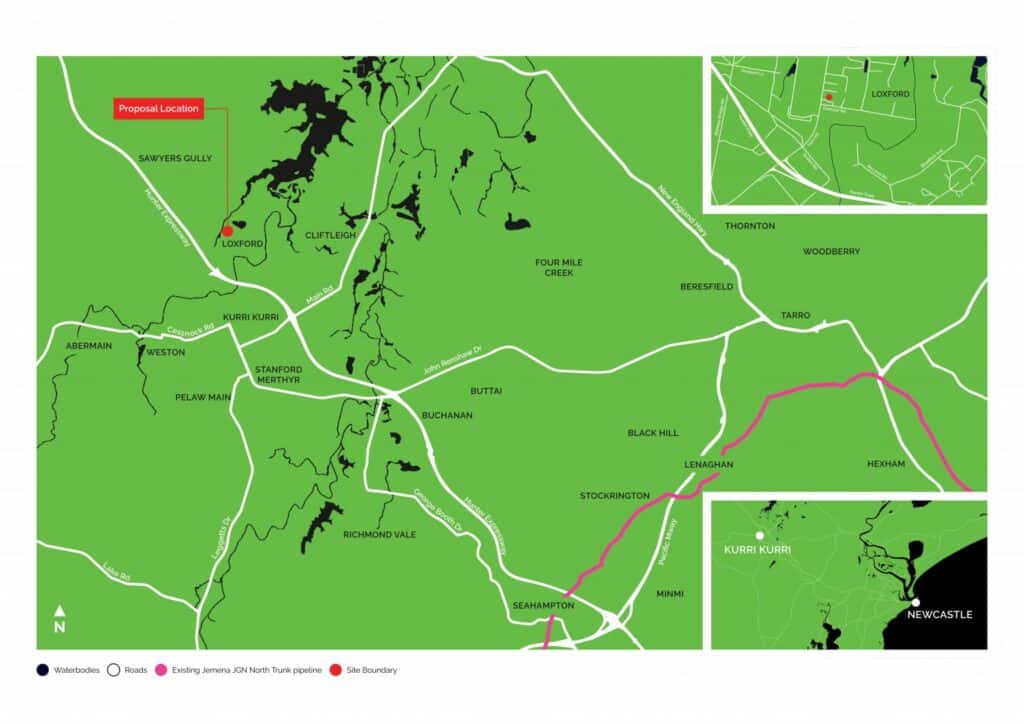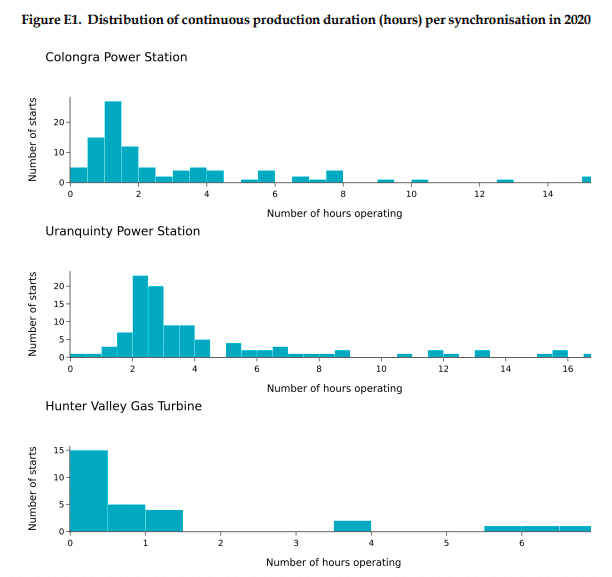On December 20th, the NSW Planning Department gave its approval to the construction of a $600 million gas-fired power station in the Hunter region. The project is backed by the Morrison government and will build a publicly-funded 660-megawatt power station in Kurri Kurri.
NSW govt spokespeople have claimed the project “will improve energy reliability and security”, but most analysts have declared it is likely to be a waste of money.
The Liddell coal-fired generator is due to be decommissioned in 2023; the government last year urged the private sector to commit to building 1,000 megawatts to replace it, warning it would step in otherwise. Despite several energy bodies stating committed and probable projects would be “more than sufficient” to replace Liddell’s production, in May the Morrison government announced it would fund the Kurri Kurri plant.

In a time where Australia urgently needs to quicken progress with renewable energy, the decision is illogical. Gas makes up a very small amount of NSW’s total electricity – over the last year it’s provided just 1.3% of our electricity, behind coal, solar and wind. And the electricity sector in general is heading towards more renewables.
Advisor group Energy Edge has reported a downward trend of CO2 emissions from the National Electricity Market, with a record low volume of CO2 released per unit of power generated hit last month. The group’s managing director attributes the drop to “the relentless increase in large-scale renewables and the uptake of residential rooftop solar”.
This trend means that, as ESB chair Kerry Schott puts it, gas is ‘expensive power’. “Nobody is going to build it from the private sector because it doesn’t stack up. Because it’s expensive power, it’s hard to see it makes commercial sense.”
The Kurri Kurri plant would be operating at just 2% of its full capacity across the year. This is because, as with other ‘peaking plants’, it would fill an alleged dispatchable electricity gap. Dispatchable electricity is generation only turned on when required to support variable wind and solar energy.
The Australian Energy Market Operator (Aemo) reports that dispatchable gas generation could be needed for as little as 13 hours a year by 2030 under the ongoing rapid renewables shift. Critics have also pointed out NSW already has three peaking plants.

NSW Energy Minister Angus Taylor has claimed Kurri Kurri will help drive down energy prices, and contribute to the government’s ‘gas-fired recovery’ from COVID. But a report by Victoria University’s energy policy centre argues that, due to the limited operation expected of the plant, this claim is ‘tenuous’. Climate Councillor and energy transition academic Madeline Taylor concurs, “Energy analysts and economists agree it will raise electricity prices for residents and businesses, not lower them.”
As with the majority of polluting government projects, the disapproval of the public – whose taxes will pay for this plant – has been disregarded once again. A department spokesperson has stated the plant was approved “following rigorous assessment and consideration of community feedback”. Difficult to believe when the recent public exhibition period saw 261 submissions, of which only two were in favour of the project.
The project still has to be granted approval by the federal Environment Minister Sussan Ley, but given her track record, I don’t doubt it will proceed. Yet another disappointing example of the Morrison government’s refusal to listen to its citizens accept responsibility for climate action.
Cover photo by Daniel Gimbel on Unsplash.
Follow Maddie’s journalism journey on Twitter.
Sign Up To Our Free Newsletter